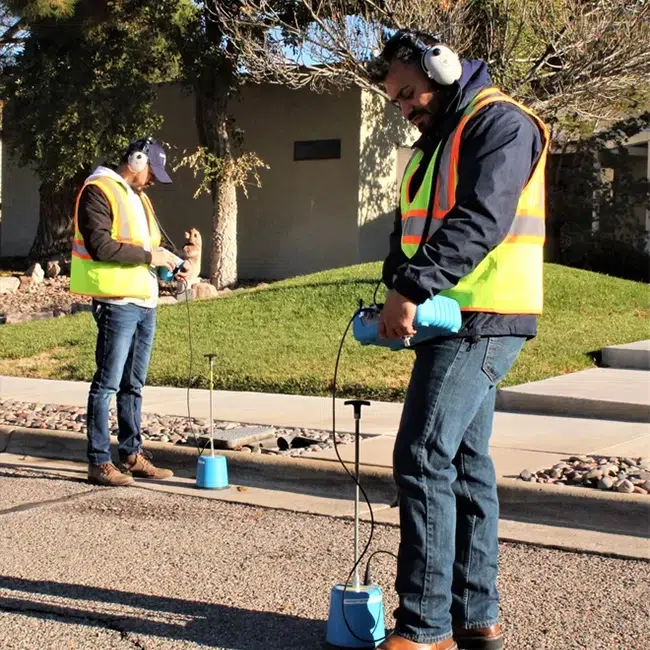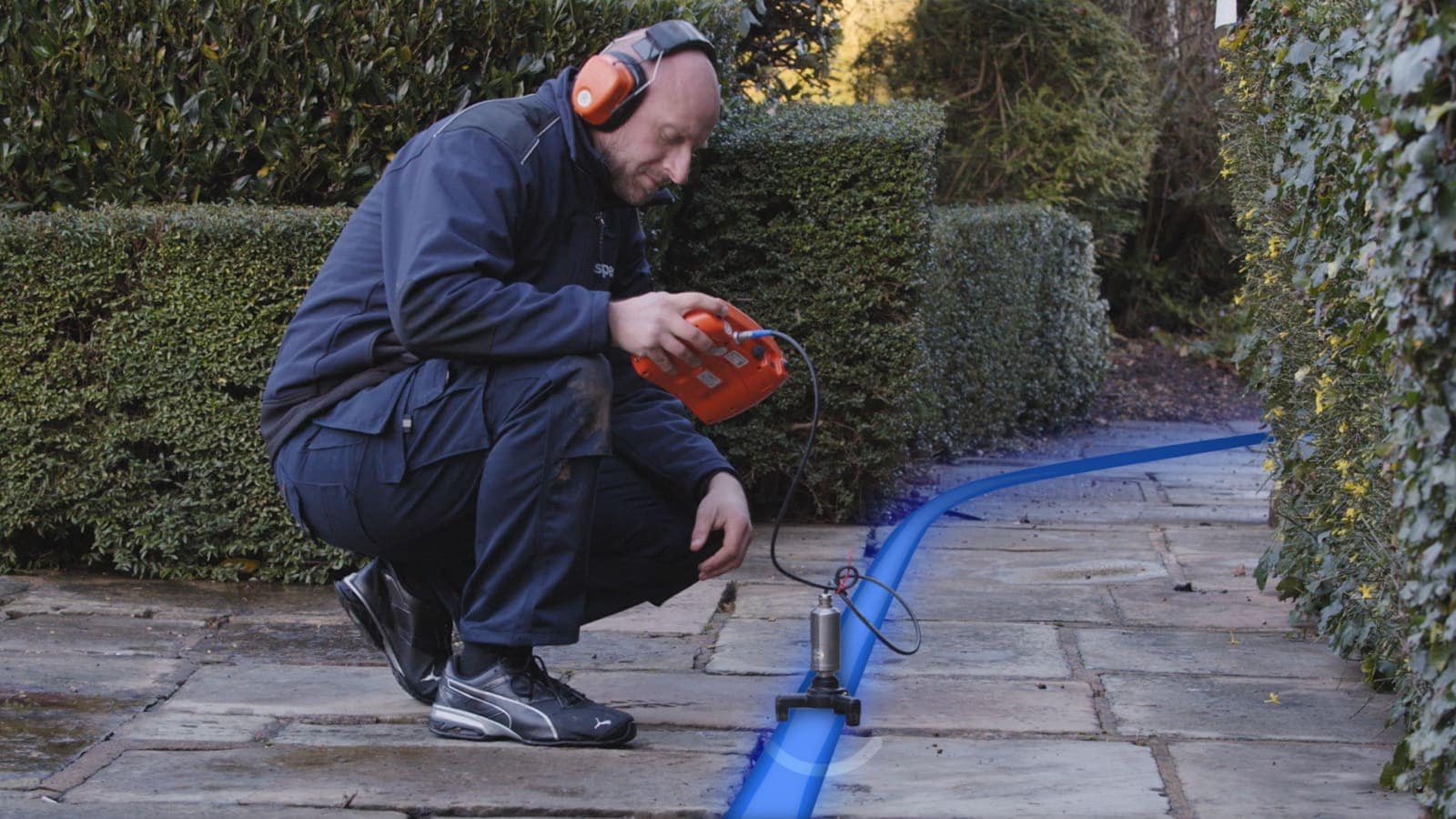Water Leak Detection: How to Determine and Repair Leaks Prior To They Cause Damages
Water Leak Detection: How to Determine and Repair Leaks Prior To They Cause Damages
Blog Article
Ingenious Solutions for Very Early Detection of Water Leaks in Structures and Framework
From sophisticated leakage detection modern technologies to the implementation of IoT sensing units for real-time surveillance, the landscape of leak avoidance is advancing rapidly. Automated water flow analysis systems are reshaping exactly how leakages are recognized and resolved, paving the method for a proactive strategy to water leakage detection.
Advanced Leakage Discovery Technologies
Advanced leakage detection modern technologies, outfitted with cutting-edge sensors and formulas, play an important role in swiftly recognizing and identifying water leaks in various setups. These modern technologies use a combination of acoustic, thermal, and electromagnetic picking up techniques to detect leakages precisely. Acoustic sensors spot the sound of running away water, permitting exact localization of the leakage resource. Thermal imaging identifies temperature adjustments triggered by water leakage, giving one more efficient method for leakage recognition. Electro-magnetic sensing units can recognize modifications in electro-magnetic fields brought on by water, supplying yet an additional layer of leak detection ability.

IoT Sensors for Real-Time Tracking
In the world of modern water leak discovery, the combination of IoT sensors for real-time surveillance represents a critical improvement in enhancing aggressive leak detection capabilities. These sensing units supply continual monitoring of water supply, giving real-time data on water circulation prices, pressure variations, and temperature level modifications. By leveraging IoT modern technology, these sensors can discover also the smallest abnormalities in water use patterns, enabling very early recognition of possible leaks before they escalate into significant concerns.
IoT sensors send information to a centralized system, where sophisticated formulas assess the details and generate alerts or notices when irregularities are found. This real-time surveillance capability allows residential property proprietors or facility supervisors to without delay resolve leaks, minimizing water damages, decreasing fixing prices, and conserving water sources.
In addition, IoT sensors can be integrated with building management systems, enabling automated responses to found leaks, such as turning off water valves or triggering pumps to minimize the influence of leakages. Generally, the application of IoT sensors for real-time monitoring dramatically enhances the official statement efficiency and performance of water leak discovery in structures and facilities.
Machine Discovering Algorithms for Leak Forecast

One trick advantage of utilizing equipment discovering for leak prediction is its capacity to constantly learn and improve its accuracy in time. As more data is accumulated and fed right into the formula, it can fine-tune its predictions and adjust to transforming problems, ultimately enhancing the integrity of leak detection systems.
Additionally, equipment learning algorithms can help in recognizing refined indications of leaks that might go unnoticed by standard monitoring approaches. water leak detection. By analyzing complicated information sets in real-time, these algorithms can give very early warnings and alerts, permitting timely intervention and preventive maintenance to mitigate potential water damage and connected prices
Utilizing Thermal Imaging for Leak Detection
Thermal imaging modern technology offers an appealing technique for detecting water leakages in various systems and infrastructures. By utilizing infrared radiation and temperature variances, thermal imaging electronic cameras can identify surprise leaks that are not easily noticeable to the naked eye. When water runs away from pipelines or structures, it frequently alters the temperature level of the bordering location, developing temperature level differentials that thermal cams can capture. These temperature irregularities are after that converted right into visible pictures, highlighting the precise place of the leakage.
One of the essential advantages of thermal imaging for leak discovery is its non-intrusive nature. Overall, the use website link of thermal imaging technology enhances the effectiveness and precision of water leak discovery, making it a useful tool for preserving the integrity of structures and infrastructures.
Automated Water Flow Evaluation Systems
Exactly how can automatic water flow evaluation systems reinvent the discovery and administration of leaks in various systems and frameworks? Automated water circulation analysis systems supply a proactive method to leak detection by continuously monitoring water flow rates and patterns. By developing standard data, these systems can quickly determine inconsistencies that might indicate a leakage, enabling timely treatment to protect against extensive damages.
These systems use advanced formulas to evaluate real-time data and give immediate alerts when anomalies are identified, permitting quick activity to be taken. Furthermore, automated water circulation analysis systems can be integrated with structure management systems or IoT systems, boosting general efficiency and enabling remote tracking capacities.
Additionally, the data accumulated by these systems can be used for anticipating maintenance functions, aiding to identify potential powerlessness in the framework prior to leakages occur. In general, the implementation of automated water circulation evaluation systems can considerably boost leak discovery and monitoring practices, ultimately causing cost financial savings, decreased water waste, and boosted sustainability in buildings and infrastructure.

Final Thought
Finally, the integration of sophisticated leakage detection modern technologies, IoT sensors, artificial intelligence algorithms, thermal imaging, and automatic water flow analysis systems supplies innovative solutions for early detection of water leakages in buildings and infrastructure. These innovations make it possible for real-time monitoring, forecast of leaks, and reliable detection techniques to stop water damages and wastage. Implementing these options can help in keeping the honesty and sustainability of water supply in numerous setups.
Report this page